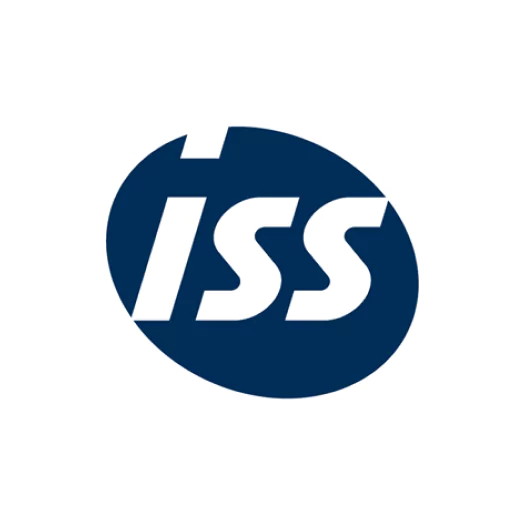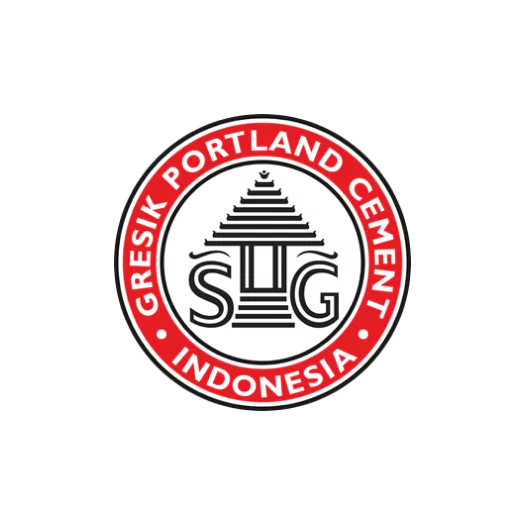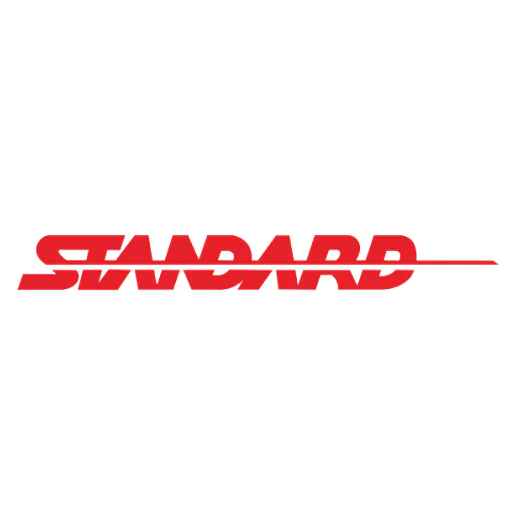Managing employees can feel like solving a puzzle with missing pieces, right? You’re not the only one thinking that. Many businesses face the same challenge, trying to keep teams motivated, productive, and genuinely happy without burning out.
But what if managing people could be simpler and more fun? The employee life cycle is like your secret map to handling every stage with ease. Want to know how? Keep reading to find out how this guide can transform your workplace, minus the boring corporate talk.
Key Takeaways
|
Table of Contents
What is the Employee Life Cycle?
The employee life cycle is the journey employees take from joining a company to leaving it. It helps businesses support employees effectively, improving satisfaction and productivity at every stage.
In human resource management, the employee life cycle keeps processes organized and boosts employee engagement. Focusing on each stage leads to better performance, happier teams, and a positive work culture.
Why is the Employee Life Cycle Important?

A well-managed employee life cycle makes employees feel valued and supported every step of the way. When people feel like they belong, their morale gets a boost, and job satisfaction rises naturally. This connection motivates them to show up every day, ready to give their best.
When employees are motivated, they perform better because they have the right tools and support to succeed. This focus leads to higher productivity, benefiting not just the team but the whole company. And when people feel appreciated, they stick around, which helps reduce turnover and keeps the business growing strong.
The 7 Key Stages of the Employee Life Cycle
In managing the life cycle, there are 7 stages that you must be aware of to create the best experience for not only your employees but also your overall company’s health. Those 7 steps are:
1. Attraction
Attracting top talent starts with creating a strong employer brand that reflects your company’s culture and values. When people see what makes your workplace special, they feel more connected and curious to learn more. Showcasing employee benefits and success stories helps potential candidates imagine themselves thriving with you.
Building an inclusive work environment also makes your company stand out because diversity sparks creativity and fresh ideas. To make the most of this stage, use targeted marketing and real employee testimonials to build trust. Keep track of metrics like application rates and feedback to see what works best and adjust as needed.
2. Recruitment
Clear job descriptions help candidates understand the role, setting expectations right from the start. Highlight key responsibilities, needed skills, and growth opportunities to attract the right people. When candidates know what to expect, they feel more confident applying.
Engaging job postings reach the right audience by using simple, compelling language that showcases your company’s unique perks. Keep the application process easy and user-friendly, making it smooth for candidates to apply. Transparency during recruitment builds trust, so always give timely updates and honest feedback.
3. Onboarding
Preboarding helps new hires feel welcomed by providing essential information before their first day. This reduces anxiety and allows them to start with confidence, knowing what to expect. It sets a positive tone that carries into their first day at work.
Creating strong first-day impressions is crucial to building excitement and connection. Introduce new hires to the team, offer a workplace tour, and assign a mentor for guidance. Regular check-ins and feedback sessions ensure they adjust smoothly and feel supported during the transition.

4. Engagement
When employees feel involved, their satisfaction and motivation naturally increase, making them more committed to their work. Open communication is key, so encourage team members to share ideas and participate in decision-making. This makes them feel valued and strengthens their connection to the company.
To boost employee engagement, try recognition programs, team-building activities, and regular feedback sessions to keep the energy alive. These initiatives create a fun, positive work environment where people feel appreciated. Keep an eye on engagement metrics like participation rates to spot areas for improvement.
5. Development
Career pathing gives employees a clear view of growth opportunities, helping them set goals for their future. When people see a path forward, they feel motivated to do their best and aim higher. It creates a sense of purpose, making work feel more meaningful and rewarding.
HRM system supports this by providing tools for career development planning and tracking employee progress. Training and upskilling programs build new skills, keeping employees sharp and confident in their roles. Workshops, online courses, and mentorship offer hands-on learning that encourages continuous growth.
6. Retention
Creating a positive work culture helps keep employees happy and motivated to stay with your company. When you build an environment based on respect, recognition, and support, people feel valued and appreciated. This sense of belonging boosts morale and strengthens loyalty across the team.
Recognizing and rewarding employees also plays a big role in retention because it shows you value their efforts. Offering work-life balance through flexible schedules and wellness programs helps reduce burnout and employee retention rates while keeping employees satisfied.
7. Separation (Offboarding and Advocacy)
Exit interviews are a great way to gather honest feedback about the employee experience before someone leaves. This feedback helps identify areas where the workplace can improve, making it better for current and future employees. When you act on these insights, you show your team that their voices matter.
Smooth transitions rely on good planning and knowledge sharing to keep productivity strong even when people move on. Keeping in touch with former employees is also smart because they can become advocates for your company. Tracking data like exit interview feedback and alumni engagement helps you spot trends and refine your HR strategies.
Benefits of Managing the Employee Life Cycle
Managing the employee life cycle means guiding employees through every stage of their journey with your company. This approach helps create a supportive environment where employees feel valued, engaged, and motivated to perform their best. As a result, businesses enjoy smoother operations, higher productivity, and improved employee satisfaction.
Here are some key benefits of managing the employee life cycle effectively:
- It increases employee engagement, making teams more motivated and committed to their work.
- It reduces turnover rates, saving time and resources on constant recruitment and training.
- It fosters a positive work culture, where employees feel appreciated, respected, and connected.
- It supports business growth by building a stable, high-performing workforce that drives long-term success.
By focusing on each stage of the employee life cycle, companies can create a thriving workplace. Employees become more engaged, turnover decreases, and business performance improves. Ultimately, managing the life cycle effectively leads to a stronger, more resilient organization.
Effortlessly Manage Employee Life Cycle with HashMicro’s HRM Software
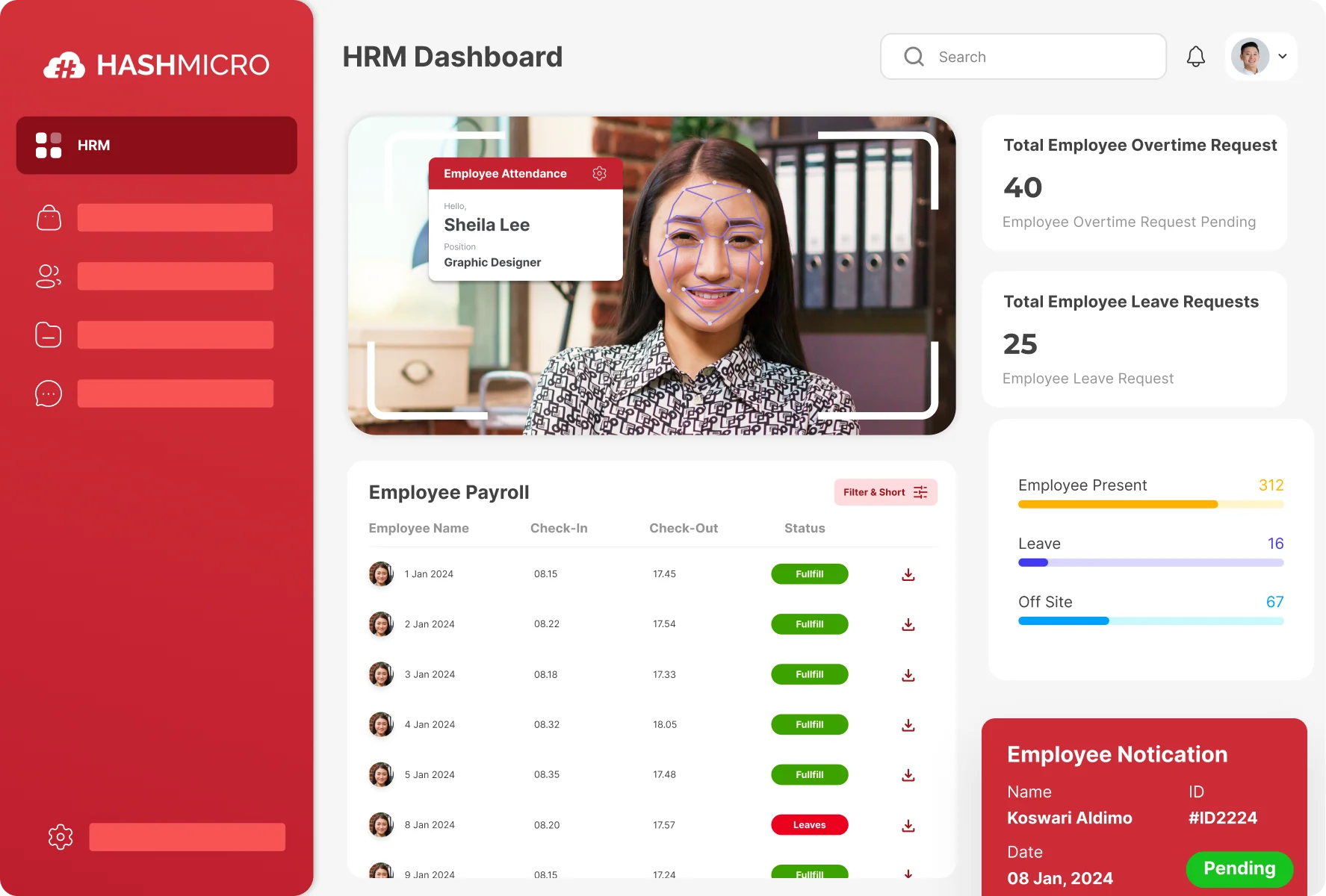 Managing the employee life cycle can be challenging, but HashMicro’s HRM software makes it easier with smart, automated tools. This software helps you handle every stage, from recruitment to offboarding, while keeping everything organized in one place. It ensures a smooth experience for both HR teams and employees.
Managing the employee life cycle can be challenging, but HashMicro’s HRM software makes it easier with smart, automated tools. This software helps you handle every stage, from recruitment to offboarding, while keeping everything organized in one place. It ensures a smooth experience for both HR teams and employees.
Here are some standout features of HashMicro’s HRM software that help manage the employee life cycle:
- Recruitment Management helps you post jobs, track applicants, and streamline the hiring process effortlessly.
- Onboarding Automation ensures new hires settle in quickly with structured workflows and easy access to necessary resources.
- Performance Tracking allows you to monitor employee growth, set goals, and give timely feedback for continuous improvement.
- Employee Self-Service lets staff update their information, apply for leave, and access important documents anytime, reducing HR workload.
Using HRM software such as HashMicro saves time on repetitive tasks, focuses more on strategic HR activities, and creates a better employee experience. It turns complex processes into simple, automated workflows, making employee management stress-free and efficient.
Conclusion
The employee life cycle is the journey employees take from joining a company to leaving it. Managing this cycle effectively helps businesses support employees, boost productivity, and create a positive work culture.
By adapting HR practices, companies can meet evolving employee needs and stay competitive in a changing world. Want to see how this works in action? Try the free demo of HashMicro’s HRM software to experience seamless employee management firsthand.

Frequently Asked Questions
-
What is the life cycle of HR?
The HR life cycle covers key stages of managing employees, from recruitment to exit. It helps HR support growth, engagement, and productivity throughout an employee’s journey.
-
What is the employee life cycle planning?
Employee life cycle planning involves strategies to manage each stage, from hiring to offboarding. It ensures smooth transitions, employee growth, and business continuity.
-
Why is the HR cycle important?
The HR cycle is crucial for employee engagement, retention, and productivity. Managing it well fosters a positive work culture and drives business success.







